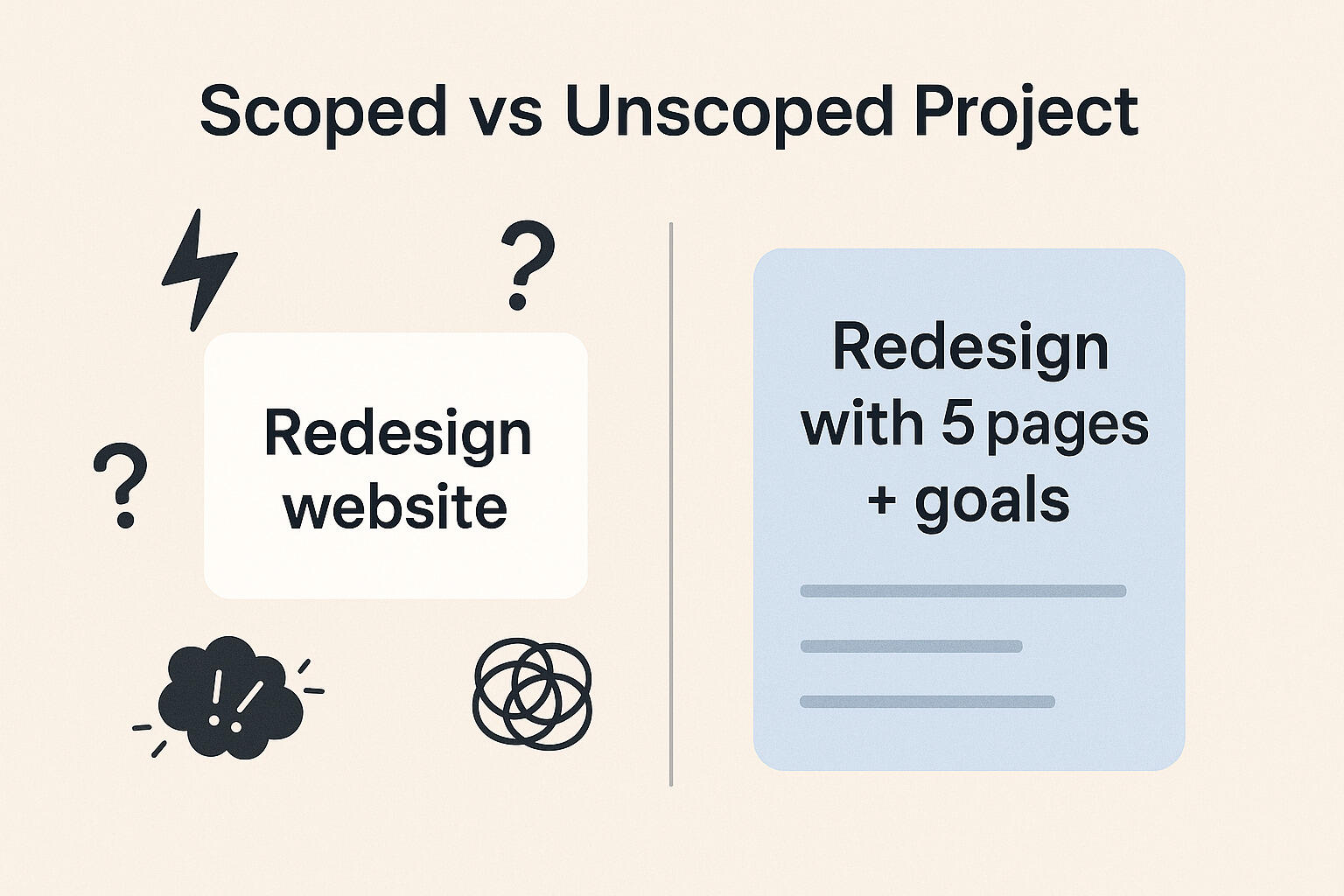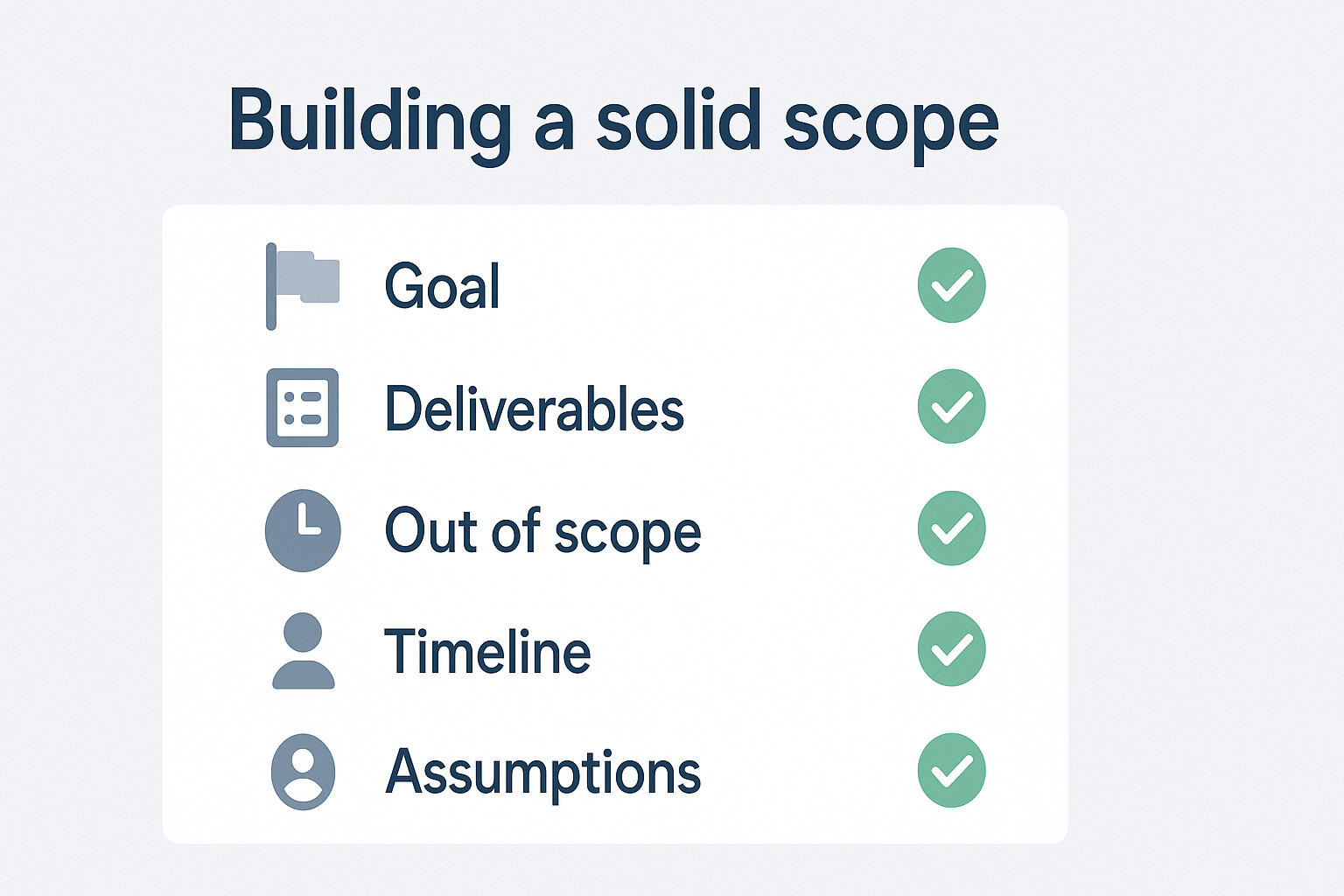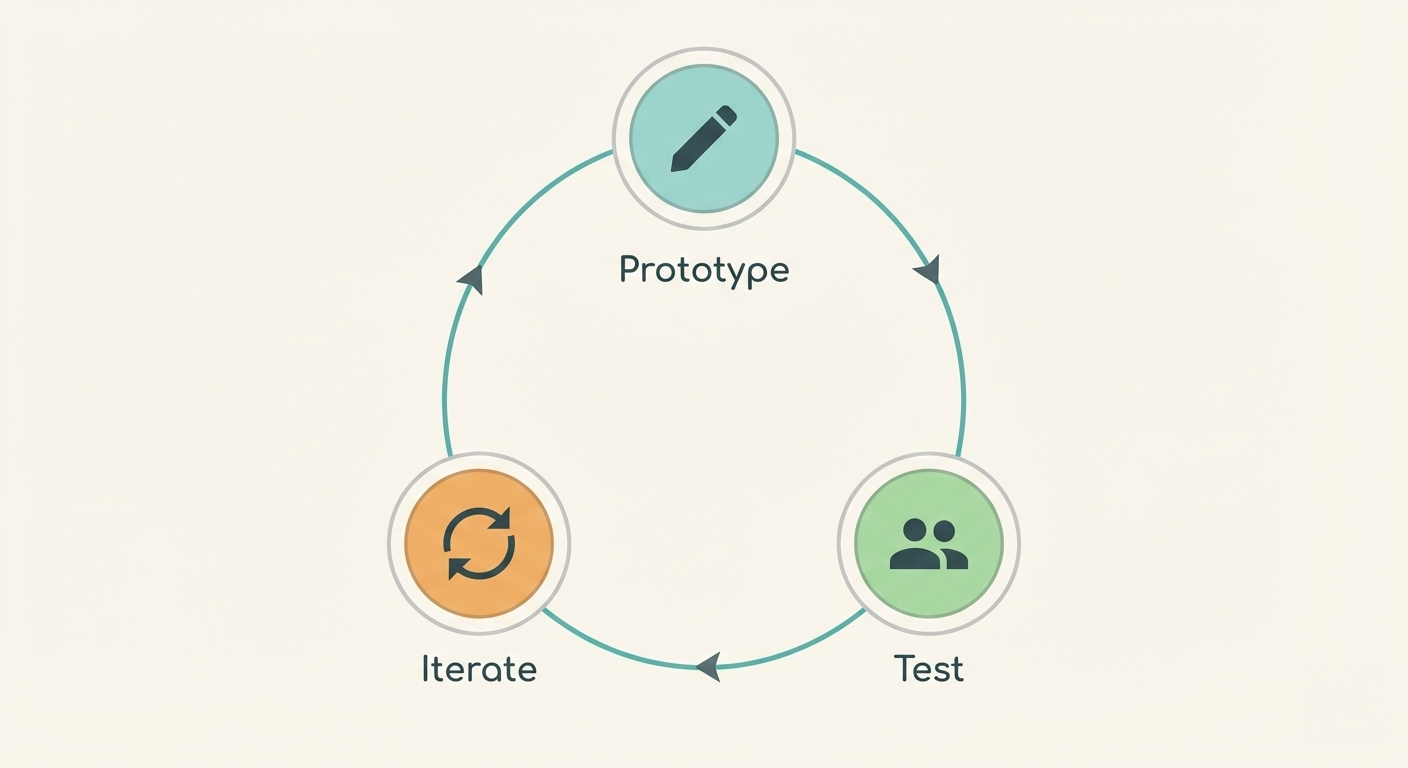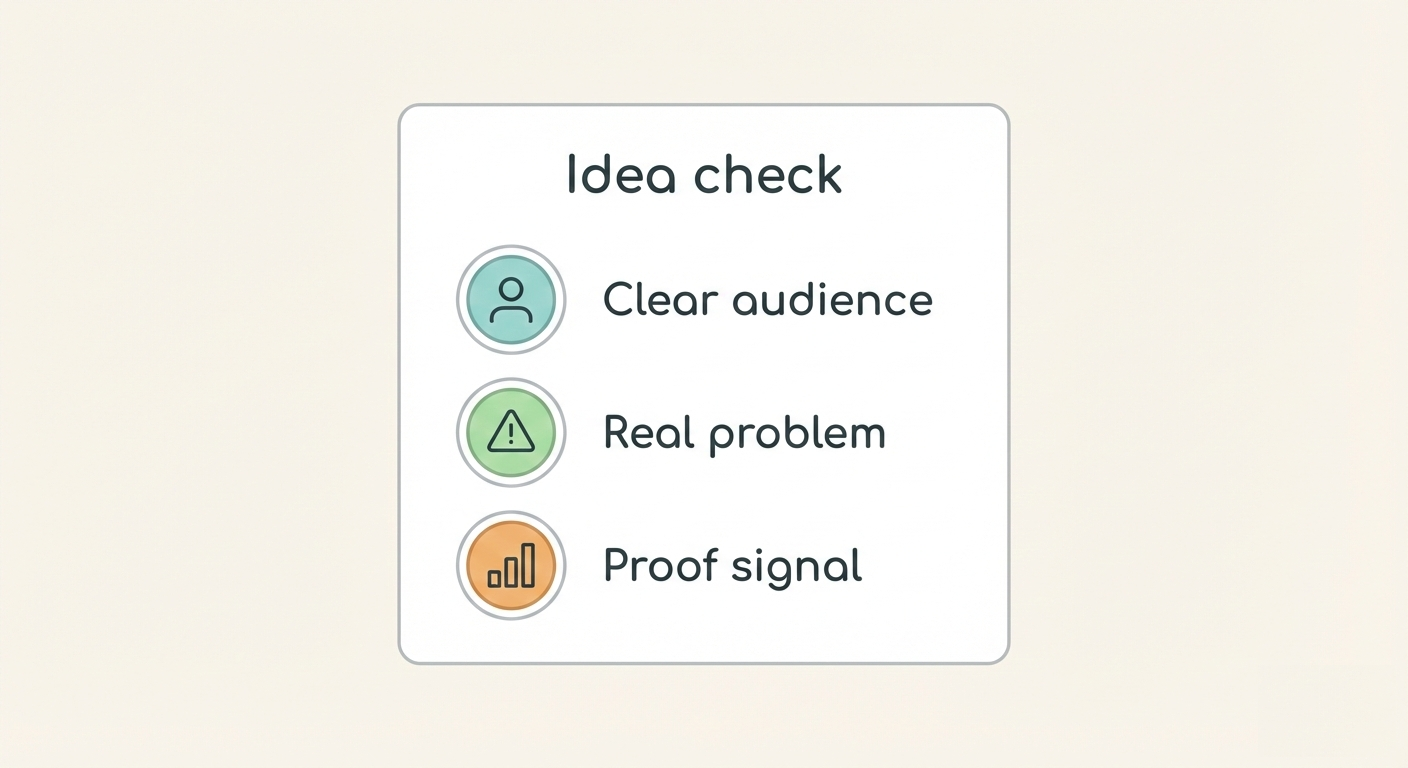How to write a project scope that keeps your team aligned
Contents
Many projects fail because no one agrees on what needs to be done. Team members start working without a clear outline. Clients expect results that were never confirmed. A well-written project scope solves this by defining what's included, what's excluded, and who is responsible.

Project scope is not about listing every detail. It's a short, clear summary that guides planning, limits misunderstandings, and reduces the risk of scope creep. When everyone shares the same expectations, work moves faster and outcomes are easier to measure.
Tools like Breeze help teams keep that clarity as the project unfolds. You can organize deliverables, track updates, and share feedback in one place. With a defined scope and a shared system, it's easier to stay aligned from start to finish.
1. What is project scope and why is it important
A project scope defines what a project includes and what it leaves out. It gives teams and stakeholders a shared starting point by listing key deliverables, constraints, and goals. This cuts down confusion and prevents new tasks from slipping in without discussion. A clear scope makes it easier to plan, assign work, and measure progress.
Scope is not the same as a project plan or technical specification. A plan shows how and when things get done. A scope defines what will be done and where the work ends. This helps teams avoid wasting time on extras that were never agreed to.
Here's how they compare:
- A scoped project: Website redesign with five named pages, clear layout goals, and a set delivery date.
- An unscoped project: Vague redesign task that grows with each new request, drifts off course, and misses deadlines.

Clarity in scope also supports better outcomes. According to PM360, 77% of high-performing projects use project management software to keep scope and progress visible. Breeze gives teams a live view of what's in scope, what's been delivered, and what is still pending. This helps manage change without losing track of priorities.
2. Key parts of a clear project scope
A clear scope gives structure to your project from the start. It helps everyone understand what's included, what isn't, and how work will be completed. By writing each section clearly, teams can align early, reduce confusion, and avoid rework later.
Project goal or objective
This should be a short statement that explains why the project exists and what it needs to achieve. A good goal gives the team direction and makes decisions easier. For example, “Redesign the homepage to improve conversion rates by 20%” is much more useful than saying “Update website.” It sets a purpose, which helps everyone stay focused on the outcome.
Deliverables and features
List what you're expected to hand over when the project ends. These could be files, designs, videos, campaigns, or other final outputs. If there are features involved, name them early. For example, “interactive pricing calculator” or “three landing page templates.” Specifics matter. This is what clients and team members will use to check if the project was delivered as planned.
What's out of scope
Just as important as what's included is what's not. Be clear about any work that falls outside the agreement. For instance, if your team is only designing the site but not handling development, say so. If only three platforms are covered in a campaign, mention that too. This reduces the chance of misunderstandings and protects your time and budget.
Timeline or deadlines
Include basic delivery dates, key milestones, or review periods. You don't need to plan every task here, but the scope should show what's expected and when. This helps others schedule their own tasks around your work. If you expect feedback within 48 hours, call it out. These notes help keep momentum going once the project starts.

Roles and responsibilities
List who is doing what. Mention team roles like designer, writer, or project lead, and also include what you expect from the client. If they need to provide assets, give approvals, or join review calls, that should be clear from the beginning. When everyone understands their job, projects run smoother and delays are easier to avoid.
Assumptions and constraints
Finish the scope with any conditions that might affect delivery. These could include “Client provides final content before development,” “Designs must follow existing brand guidelines,” or “Platform features are limited to what's available in the current version.” Calling these out early avoids finger-pointing if problems come up later.
Covering these basics helps teams build a simple project plan that avoids confusion and supports delivery. It also sets up a better structure for project risk management later in the process.
3. Common mistakes that ruin project scope
Even a polished project proposal template can fall short if the scope section misses key points. These common mistakes cause confusion, slowdowns, and project drift. Here's what to watch out for:
Writing vague or generic deliverables
When deliverables aren't specific, teams end up guessing what to do. “Build a website” is too broad. Does that mean one page or ten? Without clear output, project reviews turn into debates, and teams waste time on revisions that could have been avoided.
Forgetting to list what's not included
If out-of-scope work isn't written down, clients or stakeholders may assume everything is covered. This leads to last-minute demands and extra work that wasn't planned. Projects run late, and teams feel blindsided by requests they never agreed to.
Skipping deadlines or decision-makers
Leaving out due dates or key approvers weakens accountability. Work may get delayed because no one knows who should give feedback or when it's needed. These small gaps pile up, causing projects to stall or run over schedule.
Reusing old scopes without adapting them
Copying a previous scope without tailoring it to the current project leads to mismatches. Old tasks might no longer apply, or new needs may go unmentioned. This makes the plan feel out of touch and increases the chance of missing critical work.
Not reviewing the scope with the team or client
When scopes are shared late or not reviewed at all, teams start working with different assumptions. Misalignment grows silently until someone flags a major issue. A short review session helps catch problems before they become hard to fix.
Avoiding these mistakes is simple but important. Clear communication early on makes the whole project easier to manage later.
4. How to write your scope step-by-step
A clear scope forms the backbone of a reusable project plan. Once you build a structure that works, you can adapt it quickly across similar projects. Here's how to write one that sets you up for delivery without confusion:
1. Start with a short summary
Begin with a few sentences that explain why the project exists. What's the goal? Who is it for? This short intro aligns your team and sets expectations before diving into details.
2. Define what's in scope
List the main deliverables. Be specific. For a website, include the number of pages or content types. If it's a campaign, outline which platforms or media are involved. Clear outputs keep everyone focused and reduce ambiguity.
3. Call out what's not included
This avoids future arguments. If development is not part of a design project, say so. If only one feedback round is covered, make that clear. It protects your time and gives the client a fair understanding of limits.
4. Add timelines and roles
You don't need a full schedule, but add milestone dates and task owners. Say who's in charge of reviews, approvals, or delivery. This avoids stalling when handoffs happen and makes accountability visible.
5. Include assumptions or known limits
If the project depends on timely client input or a fixed tool, note it here. You can also list budget ceilings, access requirements, or platform limits. These context points shape expectations and reduce friction.
5. How Breeze helps you scope work clearly
A clear scope should guide the work, not just sit in a document. In Breeze, you can build a task board that reflects your scope directly. Use one list for deliverables, another for out-of-scope items, and a third for pending decisions. This helps the team stay aligned on what's being done and what isn't.

Custom fields let you assign ownership, track due dates, and mark status. If timelines shift or feedback changes direction, comments and attachments keep updates visible. Everyone stays in sync without needing separate check-ins.
Each update is logged. Labels and filters make it easy to spot scope changes as they happen. When the team works from a shared view, it's easier to avoid confusion and manage expectations. Breeze turns your scope into a working system, not just a reference doc.
6. Review your scope before starting
Before any real work begins, take time to walk through the scope with your team or client. A quick review helps catch missing items, uncover wrong assumptions, and confirm that everyone shares the same understanding. Ask simple but important questions: Is this everything we expect to deliver? Is anything unclear or missing? Who needs to approve it?
This step avoids rework and misalignment later. It also gives a chance to document version history or timestamped updates, so changes are easy to trace. With a clear review, even mid-project updates become easier to manage.

Handled this way, scope changes don't have to disrupt delivery. Instead, they can highlight better solutions or unmet needs. With the right habits, you can turn scope creep into a project management advantage by spotting shifts early and keeping control over priorities.
7. Final thoughts
A clear project scope helps teams avoid misunderstandings, reduce rework, and deliver what was agreed without delays. When work is defined upfront, it's easier to stay on track and respond to changes without confusion. Yet according to Wellingtone, only 45% of project managers say their organization consistently delivers successful projects. The rest often face shifting expectations, missed goals, and lost time.
Scope documents alone aren't enough. To keep everyone aligned during execution, teams need a system that makes scope visible, trackable, and easy to update. Breeze supports this by turning static docs into active project guides, linking scope to tasks, roles, and timelines. It helps teams maintain structure without adding overhead. Before starting your next project, define the work clearly and review it together. Then explore Breeze features to manage delivery more effectively.








